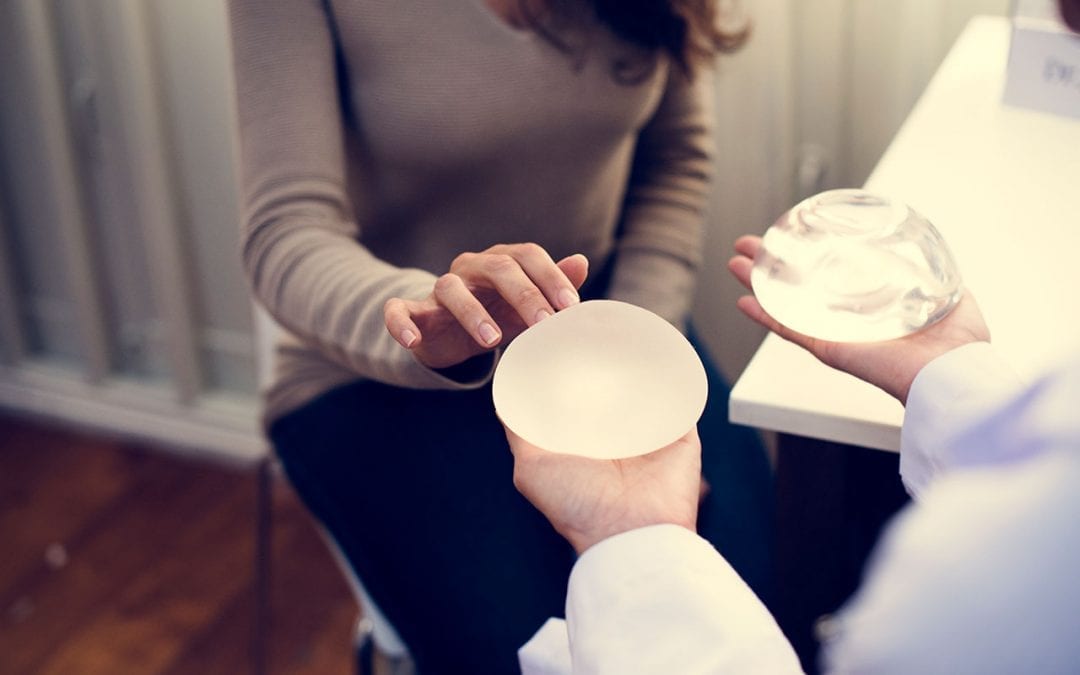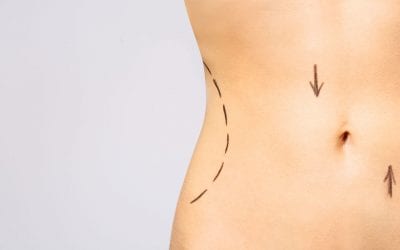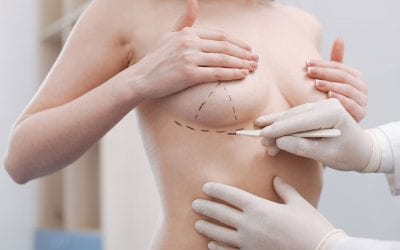Common reasons for a patient requesting removal of breast implants after a previous cosmetic breast augmentation is that one or both of the implants feel hard and uncomfortable and often the appearance of the entire breast has changed.
These symptoms suggest that scar tissue has developed around the implants, a condition called capsular contracture and is not uncommon following implant augmentation.
Scar tissue developing around a silicone implant is the body’s natural response to a foreign material that is inserted in the breast.
In the majority of cases this scar tissue (capsule) remains soft and pliable without causing any cosmetic or functional problems and indeed neither the surgeon or the patient can feel it when examining the breast.
In some cases however and especially as the years progress the capsule becomes more substantial and feels harder and tighter around the implant. This is when the condition is described as capsular contracture.
The reasons why some patients develop capsular contracture around their implants are not always clear. Previous history of mild infection around the implant that went unnoticed and not treated appropriately may be important. Smoking is another well known important factor.
Finally a silicone leak (rupture of the implant) can accelerate hardening of the implant capsule and can cause the clinical presentation of capsular contracture.
It is worth noting however that not uncommonly no underlying cause can be identified in some patients who have developed symptomatic capsular contracture around their breast implants.
When the decision is reached that an operation is required, then the hard, contracted capsule will need to be removed and sent for histological examination.
This is a significant surgical procedure as it requires meticulous handling of the tissues to ensure that the scar tissue is carefully removed without leaving contour defects and irregularities of the breast skin. It is inevitable that with the passage of time the pressure from the implants on the breast gland and the skin may have caused thinning out and some stretching of the tissues, therefore contour irregularities can develop when the capsule is being removed.
In the majority of cases however these will sort themselves out as the skin and breast gland recover after surgery and the tissues try to return to their previous condition, before the implants were inserted.
Of course a lot depends on the size of the original implant and its relationship with the patient’s native skin envelope, the length of time that the implant had been in-situ, the general condition and qualities of the particular patient’s skin, previous (or current) smoking habits etc.
If significant contour and skin irregularities develop and persist after a few months various options can be discussed. These include fat transfer (fat grafting) to specific areas to improve the contour irregularities or even to enhance the overall volume and contour of the breast or reshaping of the whole breast by means of an uplift (mastopexy). Insertion of new implants is of course another option that some patients may choose.
Ultimately the decision lies with the patient after carefully considering the potential advantages and risks/complications of each option and discussing these with their Plastic Surgeon.





Recent Comments